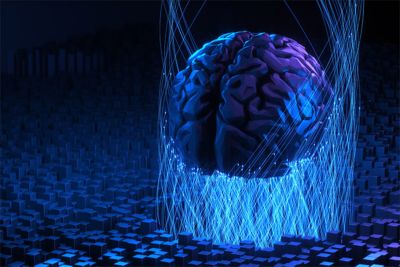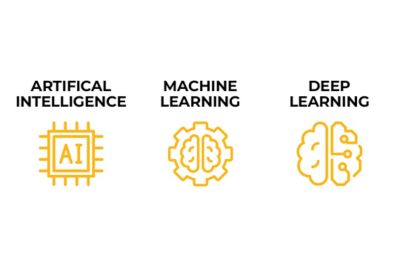-
-
Accédez au logiciel étudiant gratuit
Ansys donne les moyens à la prochaine génération d'ingénieurs
Les étudiants ont accès gratuitement à un logiciel de simulation de classe mondiale.
-
Connectez-vous avec Ansys maintenant !
Concevez votre avenir
Connectez-vous à Ansys pour découvrir comment la simulation peut alimenter votre prochaine percée.
Pays et régions
Espace client
Support
Communautés partenaires
Contacter le service commercial
Pour les États-Unis et le Canada
S'inscrire
Essais gratuits
Produits & Services
Apprendre
À propos d'Ansys
Back
Produits & Services
Back
Apprendre
Ansys donne les moyens à la prochaine génération d'ingénieurs
Les étudiants ont accès gratuitement à un logiciel de simulation de classe mondiale.
Back
À propos d'Ansys
Concevez votre avenir
Connectez-vous à Ansys pour découvrir comment la simulation peut alimenter votre prochaine percée.
Espace client
Support
Communautés partenaires
Contacter le service commercial
Pour les États-Unis et le Canada
S'inscrire
Essais gratuits
ANSYS BLOG
November, 15 2021
Connect the Digital Thread with Hybrid Digital Twins, AI-Enabled Simulation, and Cloud Computing
Digital convergence is enabling industries to make the most of the data they collect to inform decisions at every stage of the product life cycle, connect information technology (IT) with operational technology (OT), and capitalize on new business models. Where does simulation engineering fit in the broader digital convergence discussion? Momenta, a digital industry venture capital firm, recently interviewed Ansys Chief Technology Officer Prith Banerjee on what the future holds for engineering.
Banerjee took the opportunity to expand on the role of digital twins, and how they will continue to make use of simulation, artificial intelligence (AI), and cloud computing to redefine the future. Speaking of definitions, the Digital Twin Consortium, of which Ansys is a founding member, has defined digital twins as “a virtual model of a process or asset, which is synchronized at high fidelity, and at certain frequencies.”
Dr. Prith Banerjee, CTO, Ansys
“To get to a digital twin, you need to have a physical asset like a transformer, switchgear, or robot,” Banerjee explained during the podcast. “Then you have to have a model of the asset. And oftentimes, people confuse a simulation model of an asset as a digital twin. What makes a digital twin a digital twin is the third thing, which is to convey information between the physical assets and the model. So, information flows from the asset to this model that makes it a little more accurate, and information flows from the model back to the asset to the IoT (internet of things) platform.”
In the past, connections throughout product creation were limited. Someone thought of an idea, they designed it as a prototype, and, if it worked, they built it to scale. There was no connection between what was imagined and what was physically created. Today, we have digital threads that maintain the connection through every phase of the product life cycle. Still, a digital twin that only uses past asset data to predict the future is lacking. That’s where hybrid digital twins and simulation play a critical role.
Hybrid Digital Twins Improve Accuracy
A hybrid digital twin merges asset data collected by sensors with physics data provided by simulation software to optimize system design, predictive maintenance, and industrial asset management. During the podcast, Banerjee provided a real-world example of how a hybrid digital twin is superior to one driven only by asset data.
When the Challenger space shuttle exploded on Jan. 28, 1986, the scientists and engineers that built the shuttle didn’t have enough data to concretely predict an explosion was imminent. However, with physics simulation, engineers could have modeled how the cold temperatures would have led to an O-ring failure. A hybrid digital twin would have been able to predict that the O-ring would fail and lead to the explosion.
“Those physics-based analyses can be done only through detailed simulation,” said Banerjee. “But you combine that with IoT … If you could synchronize that IoT connection – that actual connection, the real asset – with some simulation … you can get amazing, accurate results. This is where the future of digital twins is.”
Ansys Twin Builder is an open solution that enables engineers to create such hybrid, simulation-based digital twins with real-world and virtual sensor inputs.
Predicting the Future of Simulation
Hybrid digital twins make it easier to know what the future holds for a given asset or system, but it’s not so easy for the human mind to predict the future. However, Banerjee told Momenta there are some clear trends that will define the five years of digital convergence: AI/machine learning (ML), cloud computing, and ecosystems.
“AI and machine learning are going to be extremely, extremely important to the world in general,” Banerjee said. “And we at Ansys are really looking at the use of AI/ML applied to simulation.”
AI/ML can improve productivity of Ansys software users by enabling them to simulate faster without trading accuracy for speed. Advancing software improvements depends on the computing power that is accessible via the cloud.
“Essentially, this is going to change, transform the world of simulation-based product innovation,” Banerjee said. “Because in the past, you were limited. Well, I want to do a finite element analysis. I don't have as much computing power, so I'm limited to only a million mesh points. If I had a million processes, I could go to a billion mesh points, I could do a trillion mesh points. And don't worry about the accuracy, I could be as accurate, more accurate than the physical world.”
Lastly, Banerjee shared his thoughts on how businesses are collaborating to meet the challenges of complexity and technological disruption, such as electrification and autonomy.
“A company cannot do all the work itself,” he said. “The question is: How will innovation happen in the future? And I believe it will happen through an ecosystem where you enable third-party developers, suppliers, and so on to co-innovate for you.”
To collaborate on that scale requires an open ecosystem. When it comes to an open simulation platform, Banerjee said Ansys is constantly looking for ways to enable third-party developers to innovate using Ansys solvers.
To listen to or read a transcript of the entire podcast, visit Momenta.


